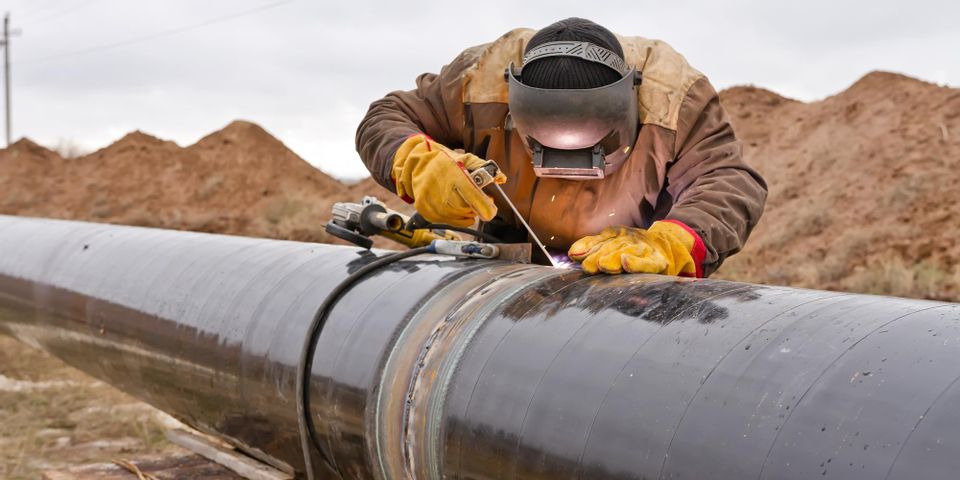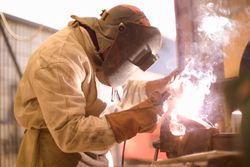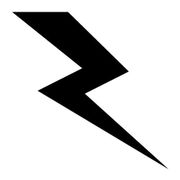
While there are several different methods of fusing metal, one of the earliest forms is still the most commonly used. If you’re looking to hire a reliable welder to perform work for you, chances are they’ll employ stick welding, also known as shielded metal arc welding. If you don’t know much about this method, here’s a closer look.
What Is Stick Welding?
The History of Shielded Metal Arc Welding
Stick welding has been around since the early 1800s. British chemist Sir Humphry Davy is credited with the discovery of a method for creating an electric arc using carbon electrodes. Since then, techniques involving gases, different target metals, and variations on the electrodes have been used to bridge the arc.
The modern electrode used in stick welding truly began to emerge in the early 1900s in the form of a rod-like coated electrode. Eventually, this method of using a coated electrode evolved into what you see today with rods of iron composites with a flux coating.
How the Process Works
The general principle involves the welder creating an arc in the base metal by using it to connect an electric circuit between a ground clamp and the electrode. As the rod makes contact with the metal, the electricity forms the connection. By keeping the rod just above the surface of the metal, the welder is effectively forcing the electricity to maintain the connection without establishing direct physical contact with the base metal.
 This does two things. First, it creates enough heat to melt both the electrode core and the base metal, pooling the two together. Secondly, this burns the electrode’s flux coating, which creates a dense cloud of gases that shields the arc and weld pool, helping the arc to remain constant. As the molten metal cools, the base metals and the ferrous core of the electrode are permanently fused together.
This does two things. First, it creates enough heat to melt both the electrode core and the base metal, pooling the two together. Secondly, this burns the electrode’s flux coating, which creates a dense cloud of gases that shields the arc and weld pool, helping the arc to remain constant. As the molten metal cools, the base metals and the ferrous core of the electrode are permanently fused together.
Common Applications
Because this method for welding doesn’t require additional equipment like external gas injection and can be used on a wide variety of iron-based metal alloys, stick welding has a wide range of applications. Stick welders are commonly employed to work on pipelines, construction sites, machinery, farm equipment, and even underwater jobs.
Since stick welding is so versatile, unless the job requires welding non-ferrous or non-iron-based metal alloys, there are few areas where stick welding isn’t useful for repair work.
Regardless of the type of welders you need, M & M Welding & Fabrication in High Point, NC, is ready to provide. This family-owned, second-generation business emphasizes quality work regardless of the size of the job. They’ve been serving North Carolina and the surrounding areas with reliable, highly trained welders using cutting-edge technology for over 25 years. Call (336) 885-9353 or visit their website for more information.
About the Business
(26 reviews)
Have a question? Ask the experts!
Send your question

